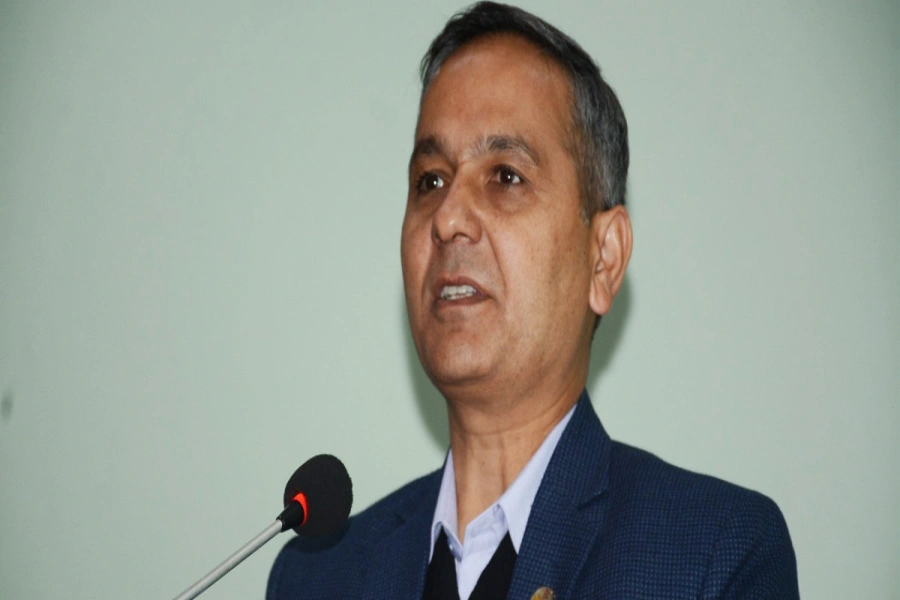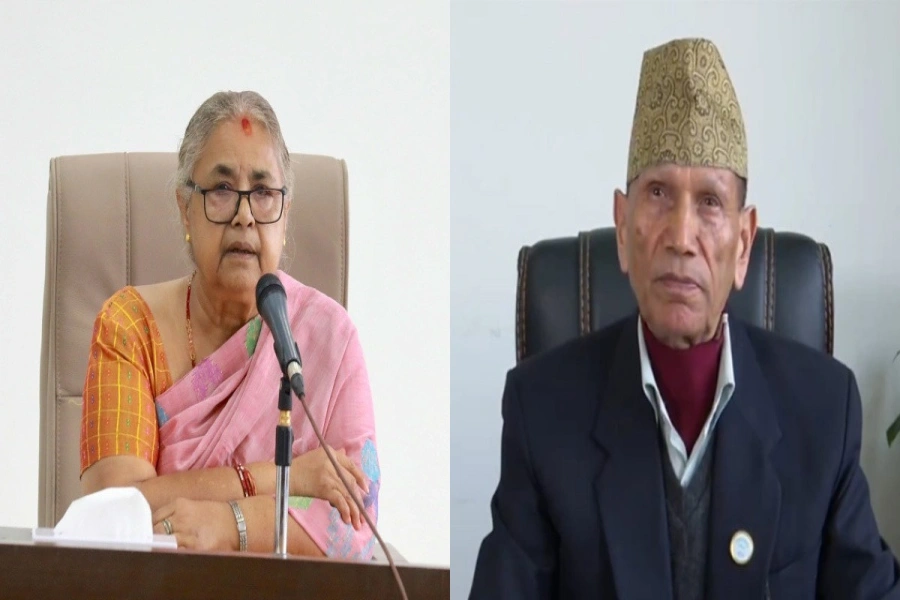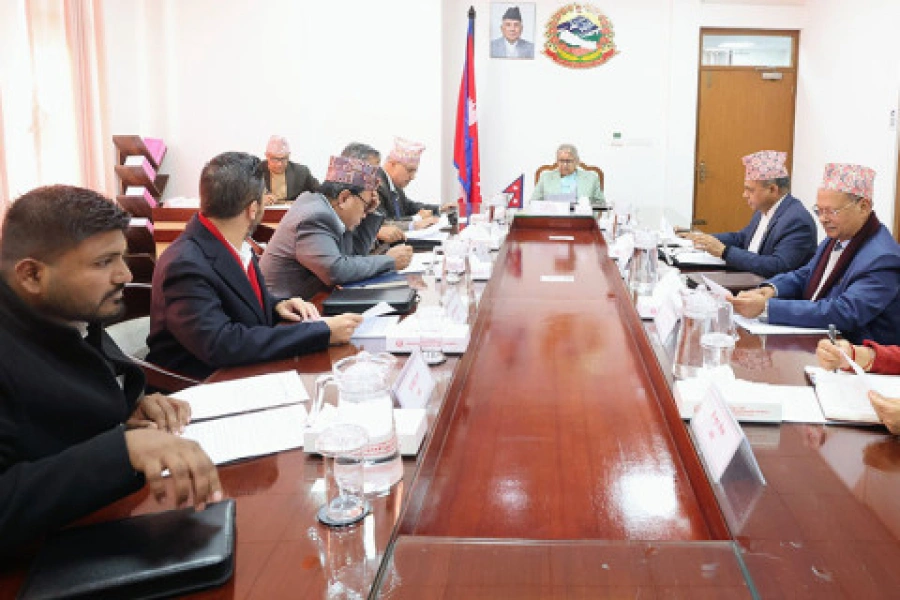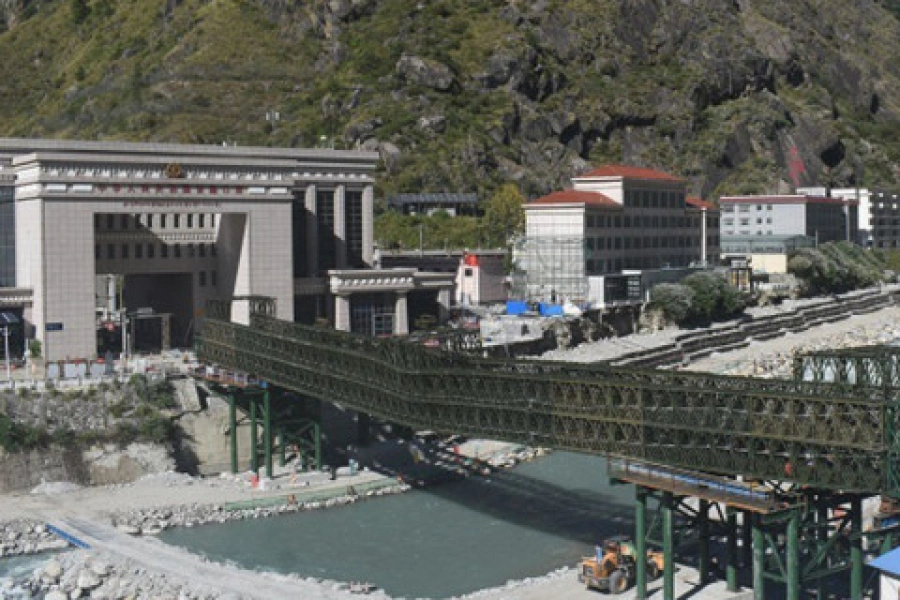But, if you look closely at the governance of these protected areas (parks, reserves, conservation areas, and buffer zones) they were all initiated by the government, which often declared these PAs without adequate consultation with the local communities. These PAs, including the community forests, may be withdrawn by the government or their boundaries changed by a simple gazette notification. In the past, we have seen a number of community forests make room for the so- called “nationally important projects”. The National Planning Commission rightly criticized for giving away the tag of ‘national importance’ to any politically-backed request for forestland free of cost.
Indigenous and Community Conserved Areas (ICCA) provide a new mode of governance for protected areas. Historically, we find that conservation or sustainable use of natural resources has deep roots in our cultures which continue to thrive despite the government´s lack of support and recognition. It may be sacred forests around public temples, watersheds with sacred mountain peaks, religious ponds, lakes or river banks. Many of these sites are protected and managed by customary laws. Similarly, almost all highland pastures in Nepal have been governed by customary laws. Such pastures have been exclusively used by the identified communities; issues like opening of grazing, duration of grazing and date of closure are controlled by customary laws.
Moreover, community-owned forests, such as kipat, have their roots in ancient practices, which continue till date. For about a decade, the role of such loosely formed groups in the conservation of natural environments and species for economic, cultural, spiritual and aesthetic development has been recognized across the globe.
But what are the ICCAs? They are natural or modified ecosystems governed by indigenous peoples or local communities through customary laws or other local means.
The core values of ICCA revolve around the community; the communities are the major players in the maintenance or enhancement of the natural ecosystem and species within an identified boundary. By using customary laws or other local means, ICCAs can promote both conservation and religious, cultural, livelihood among the local populations.
Convention on Biological Diversity (CBD), especially the Program of Work on Protected Areas (PoWPAs), as well as other globally important gatherings such as the World Parks Congress, have emphasized the significance of areas conserved by indigenous peoples and local communities. ICCA has now been recognized as one of the four governing categories of the protected areas; the other three being: 1) governance (by the government) as seen in national parks and reserves, which is still a dominant mode of governance in Nepal. 2) Shared governance, as seen in buffer zones and conservation areas; this mode is increasingly becoming popular; and 3) Private governance: seen only in few private pieces of land in Nepal.
Principles of governance applied in the context of protected areas (PAs) are a new phenomenon. Governance is about power, relationship, responsibility and accountability. But often, management and governance are considered interchangeable, but they convey entirely different meanings. The management is related to “what is to be done”, whereas governance addresses issues of “who makes those decision”. Governance is also a decision-making process which decides how costs and benefits are distributed.
Nepal, despite international obligation, continues to ignore and undervalue ICCA. Many institutions and indigenous practices of great value to biodiversity conservation are eroding and there is little encouragement or support to maintain these institutions. Some initial work of the non-governmental sector is praiseworthy, but such works are of limited value unless government creates enabling policies and legislative environment for ICCAs. I believe the Ministry of Forests and Soil Conservation should take the lead to incorporate the provision of ICCA in the forthcoming Forestry Sector Master Plan.
The National Parks and Wildlife Conservation Act, the Forest Act and other related Regulations should be amended to include provisions of ICCA. Such legislation should identify appropriate government agencies to facilitate this work. Once the policy is adopted, the government can create an Apex body to guide the process towards creating a nationwide inventory of prevailing ICCAs while also assessing their status. It should also work to create awareness on ICCA among general public, resource managers and policymakers.
Additionally, it should work to build capacity of indigenous peoples and community members, as well as assist the government and conservation organizations. The vision is for the body to work closely with government agencies in planning and helping execute the vision of PoWPAs; as well as aiding the exchange of views and ideas among ICCAs.
The conservation community in Nepal hopes that the Department of National Parks and Wildlife Conservation and the Forest Department take the initiative to start the program at the earliest. This should be done by incorporating the concept of ICCA in the prevailing protected areas and district forest management plans. The PAs or the District Forests can have multiple governance patterns within a single administrative area. What is needed is the commitment on the part of these departments to provide the required autonomy for the sites selected for development by the identified indigenous and local communities.
The writer is a biodiversity specialist and former secretary of Government of Nepal
Nature will bring all the solace to your troubles. Read out the...













_20210926115209.jpg)
























